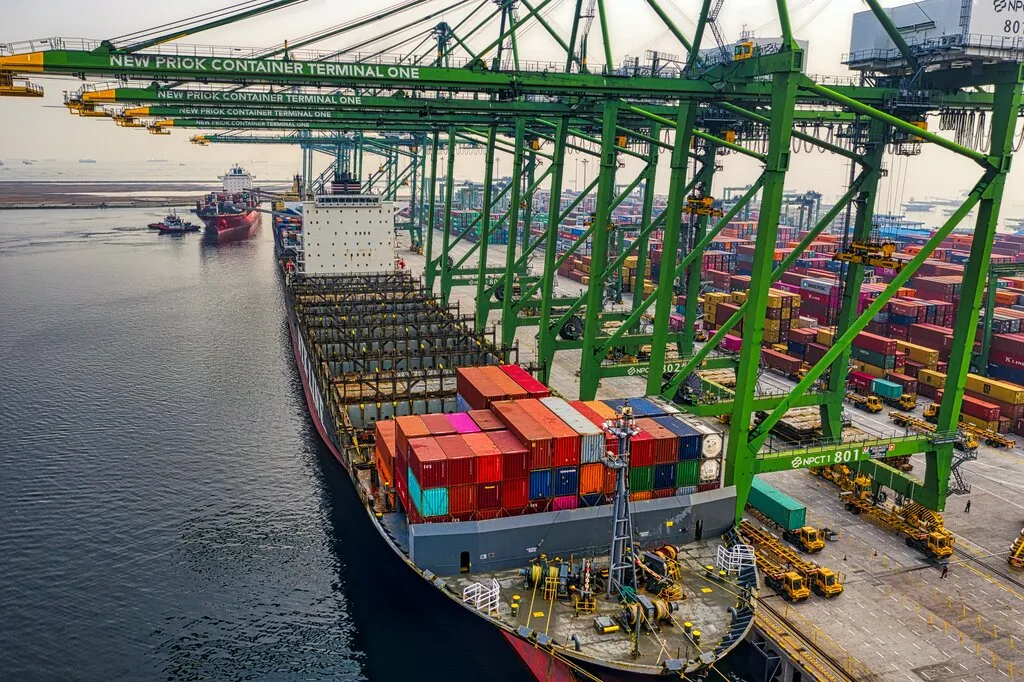China’s AI Chip Exports Grow 20 % Despite Global Restrictions

Introduction
China’s semiconductor industry has demonstrated remarkable resilience as AI chip exports surged by 20 percent in 2025, despite facing heightened global restrictions. This growth signals both technological advancement and strategic positioning within the global AI ecosystem. With governments tightening export controls on advanced semiconductors, Chinese manufacturers have leveraged domestic innovation and regional partnerships to maintain momentum. This blog examines the factors behind this export growth, its implications for China’s tech sector, and the wider geopolitical context, highlighting the balance China has struck between innovation, domestic demand, and international opportunity.
Export Growth Drivers
According to the Ministry of Commerce, Chinese semiconductor firms exported approximately $4.2 billion worth of AI chips in Q2 2025, reflecting a year-on-year growth of 20 percent. Key contributors include leading manufacturers such as SMIC, Huawei HiSilicon, and Yangtze Memory Technologies, which have focused on developing high-performance AI chips tailored to both domestic and regional markets.
Several factors have enabled this growth. First, domestic investment in chip design and fabrication has increased by 18 percent in 2025, supporting advanced manufacturing capabilities. Government-backed research centers and innovation hubs have accelerated chip design, providing critical support for startups and established firms. Second, China’s AI-driven applications, ranging from autonomous vehicles to industrial automation, have created strong internal demand, ensuring consistent production output. Third, targeted international collaborations, particularly with Southeast Asia, the Middle East, and select European partners, have helped Chinese firms circumvent some restrictions without violating export regulations.
Additional incentives, such as tax breaks and subsidized loans for R&D-intensive companies, have encouraged firms to innovate rapidly. The emphasis on domestic sourcing for key materials, such as silicon wafers and photoresist chemicals, has reduced reliance on foreign supply chains, mitigating the impact of geopolitical restrictions.

Policy and Regulation Impact
Despite U.S. and allied nations imposing tighter controls on semiconductor exports, Chinese policymakers have implemented complementary measures to sustain growth. The government has accelerated the development of national standards for AI chips, offering tax incentives for R&D and export facilitation. In addition, the establishment of regional semiconductor hubs in Guangdong, Jiangsu, and Shanghai has optimized the production pipeline, reducing dependency on foreign equipment for mid-tier chip manufacturing.
Export growth has also benefited from policy-led financial instruments. The China Development Bank and Export-Import Bank have provided low-interest financing to firms aiming to expand production and establish overseas partnerships. These instruments have allowed companies to compete with global suppliers while adhering to restrictions. Additionally, the government has encouraged public-private partnerships to fund infrastructure for semiconductor fabrication, further reinforcing the sector’s resilience.
Technological Advancements
Chinese AI chips have undergone significant technological upgrades. SMIC recently introduced a 7-nanometer AI inference chip, capable of processing 12 trillion operations per second. Huawei HiSilicon’s AI accelerator series now integrates energy-efficient neural network processing units optimized for edge computing applications. These improvements have made Chinese chips increasingly competitive in sectors such as cloud computing, autonomous driving, and industrial robotics.
Quantum encryption and advanced chip packaging have further strengthened the appeal of Chinese AI chips in international markets. Export partners have noted reliability improvements, scalability, and cost-effectiveness, which have become critical differentiators amid global supply chain disruptions. Moreover, domestic talent cultivation, with universities producing graduates specializing in AI chip design, ensures a steady flow of skilled engineers to sustain innovation.
Regional and Global Market Trends
China’s export growth aligns with broader regional technology adoption trends. Southeast Asian nations, including Vietnam, Malaysia, and Thailand, are scaling AI-driven manufacturing processes, driving demand for high-performance chips. Similarly, Central Asian countries participating in the Belt and Road Initiative are integrating AI applications in logistics, fintech, and smart city projects, benefiting from Chinese semiconductor exports.
Globally, restricted access to advanced U.S. chips has prompted several tech companies to diversify supply chains. This shift has created opportunities for Chinese manufacturers to occupy niches previously dominated by Western suppliers. Analysts suggest that China could account for nearly 18 percent of global AI chip exports by 2026 if current trends continue. The increasing sophistication of Chinese AI chips is also prompting foreign investors to consider joint ventures and strategic partnerships with Chinese firms.
Challenges Ahead
While growth is robust, challenges remain. Geopolitical tensions may result in stricter sanctions or export bans, particularly for cutting-edge AI chip technologies. Domestic firms also face pressure to upgrade fabrication capabilities beyond the 7-nanometer process to remain globally competitive. Intellectual property concerns, cybersecurity requirements, and supply chain bottlenecks could constrain further expansion.
Balancing domestic demand with international export commitments will require careful policy planning. Over-reliance on regional markets may expose firms to currency fluctuations and local regulatory changes. Environmental and energy consumption considerations are also increasingly important, as chip fabrication is resource-intensive. Companies must invest in sustainable manufacturing processes to maintain long-term viability.
Implications for the Chinese Tech Ecosystem
The export growth reinforces China’s broader ambition to establish leadership in AI and high-tech industries. Revenue from AI chip exports supports domestic research and enables reinvestment in emerging technologies, including generative AI, autonomous systems, and smart manufacturing. Chinese companies are building a vertically integrated ecosystem, combining chip production, software development, and AI applications, which enhances competitiveness and reduces reliance on external suppliers.
Furthermore, the success of AI chip exports strengthens China’s strategic position in international tech policy discussions. By demonstrating the ability to innovate and supply critical components under restrictions, China sends a signal to global partners and competitors regarding the maturity of its semiconductor capabilities.
Conclusion
China’s AI chip export growth of 20 percent in 2025 demonstrates the resilience, innovation, and strategic planning of its semiconductor industry despite global restrictions. Policy support, technological advancements, and targeted international partnerships have collectively enabled this performance. Chinese firms are leveraging domestic innovation, regional collaboration, and strategic financing to navigate geopolitical complexities. As these companies continue to scale production and refine chip capabilities, China is poised to consolidate its position as a key player in the global AI ecosystem. Future growth will depend on maintaining technological competitiveness, addressing geopolitical challenges, and sustaining robust domestic and regional demand for AI applications.






